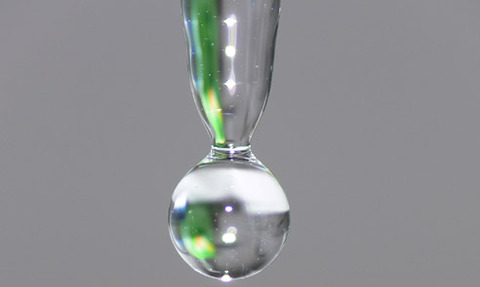Manchester breakthrough turns seawater into drinking water
3 Apr 2017

Researchers at the University of Manchester have created a graphene-oxide membrane designed to turn seawater into drinking water.
It is thought the membrane could be used to “revolutionise” water filtration across the world, in particular in countries that cannot afford large-scale desalination plants, the researchers said.
Before now, graphene-oxide membranes couldn't be used for sieving salts used in desalination technologies because when immersed in water, they became swollen - meaning smaller salts would flow through the membrane along with water, while larger ions or molecules were blocked.
However, the pore size in the new membrane can be precisely controlled, which can sieve common salts out of salty water and make it safe to drink, the researchers said.
Rahul Nair, a professor at the University of Manchester, said: "Realisation of scalable membranes with uniform pore size down to atomic scale is a significant step forward and will open new possibilities for improving the efficiency of desalination technology.
"This is the first clear-cut experiment in this regime. We also demonstrate that there are realistic possibilities to scale up the described approach and mass produce graphene-based membranes with required sieve sizes."
A full account of the research has been published in the journal Nature Nanotechnology.
Readers' Comments
There are no comments on this article, leave a comment below to have your say
Have Your Say
The comments have closed for this article

